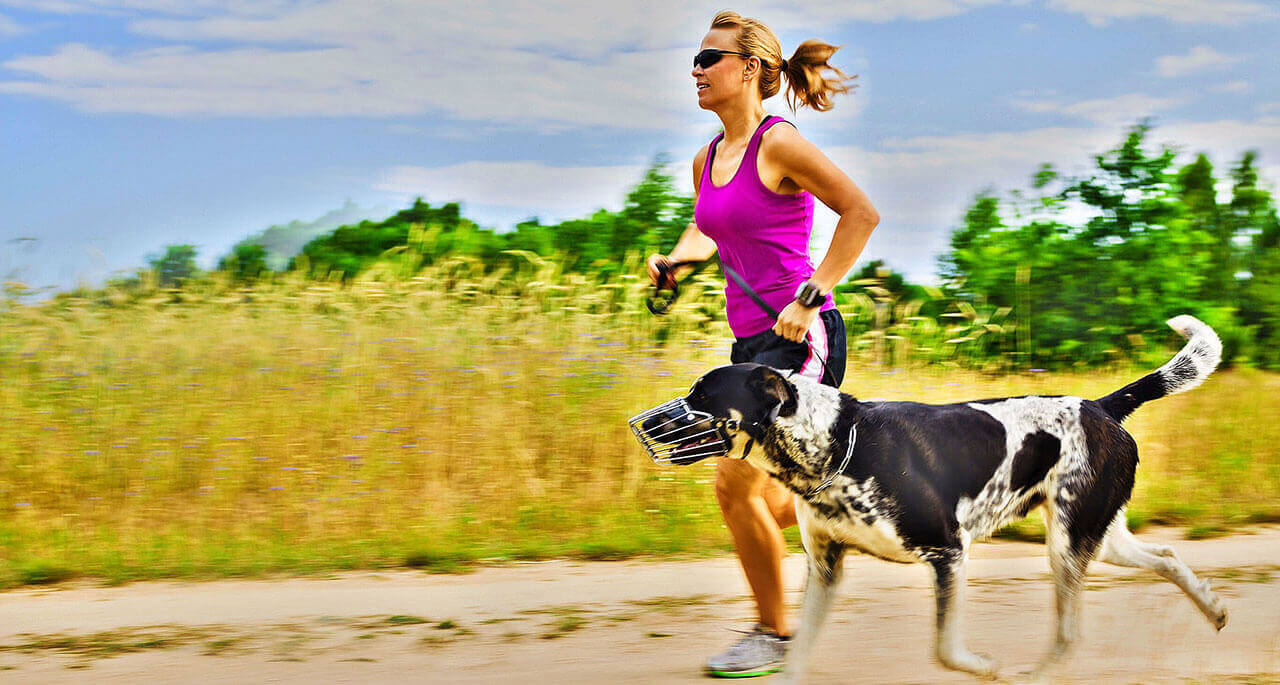Sprains and strains
Sprains occur to ligaments, which connect bones together. Strains occur to muscles and tendons. Tendons attach muscles to bone. A sprain can affect nearly any joint in the body, including the spine and is usually the result of a sudden, unexpected traumatic event. Strains result from over stretching or excessive contraction of the muscle or tendon. It is possible for sprain and strain to occur simultaneously.
Physical therapy will help hasten the healing process and protect the injured tissue while allowing progressive return of mobility and strength.
Contusions
Contusion is another way of saying bruise. These are usually the result of a direct blow or fall onto a specific body part.
The bruise is going to take time to heal, usually 4-6 weeks. Physical therapy will allow the soft tissues to heal properly while allowing progressive return of mobility and strength
Tendonitis
Tendonitis is a term that describes inflammation (“itis”). Irritation of a tendon may occur with specific trauma or repetitive stress. Determining the cause of the irritation is the most important factor during the healing process so as not to create a chronic condition. Tendonitis should be treated by a physical therapist sooner, not later to ensure successful recovery.
Physical therapy modalities and hands on treatment allow the tendon to heal properly. Therapeutic exercises, posture, activity modification and bracing may be necessary to protect the injured tendon.
Fractures
Fractures are broken bones. After the cast or immobilizer is removed, both stiffness and muscle loss (atrophy) are likely around the injured area.
Physical therapy will allow you to safely begin moving the surrounding joint. Therapeutic exercises will allow you to safely build up the muscles which have weakened during immobilization. If the fracture involves the leg, physical therapy will progress you back to walking normally, safely progressing you off the walker, crutches or cane.
Meniscal and Labral Tears
Meniscal and labral tears happen primarily in the knee, shoulder and hip. The joint surfaces are protected by these structures and during activity; a sudden force can cause them to tear. This type of injury is commonly managed through arthroscopic surgery.
Following arthroscopic surgery, it is usual and customary to work with a physical therapist to help you regain mobility and strength. We utilize modlaities such as ice, compression and therapeutic soft tissue mobilization to reduce post-operative swelling and inflammation. We progress you within your comfort zone to regain full range of motion and complete treatment with strengthening and functional activities to get you back to your normal work and activities.
Ligament and Tendon repair
When torn beyond a sprain or strain level, ligaments and tendons may need to be surgically repaired or replaced.
Protection of the repaired tendon or ligament is paramount in the early stages of recovery post-operatively. Your physical therapist will let you know what you can and can’t do in the early phases of healing. Gradually, we help you progress back to full function.
Arthritis
Osteoarthritis is a breakdown of the joint surface. An inevitable part of aging, as it progresses, joints become inflamed, painful and difficult to move. Physical therapists treat the active inflammation and provide therapeutic exercises to minimize loss of mobility and strength.
Joint Replacement
In severe cases of arthritis a joint may need to be surgically replaced. The “new” joint is called a prosthetic implant. Post-operatively, we will assist you in regaining mobility, strength and function.
Repetitive stress injuries: impingement and compression syndromes
Compression syndromes of a nerve like carpal tunnel syndrome at the wrist are an example of a repetitive stress injury. Chronic impingement of a tendon in the shoulder is also a possible source of repeated bouts of tendonitis. Physical therapy will determine physical and activity related reasons contributing to the stress while treating the inflammation. Some cases do go on to surgical intervention.
Osteoporosis
When a bone begins to lose it mineral density, it becomes mechanically unstable and susceptible to fracture. Individuals with low bone mineral density (BMD) should consult a physical therapist for posture, body mechanics education and exercises to assist in treatment and prevention of progression.


